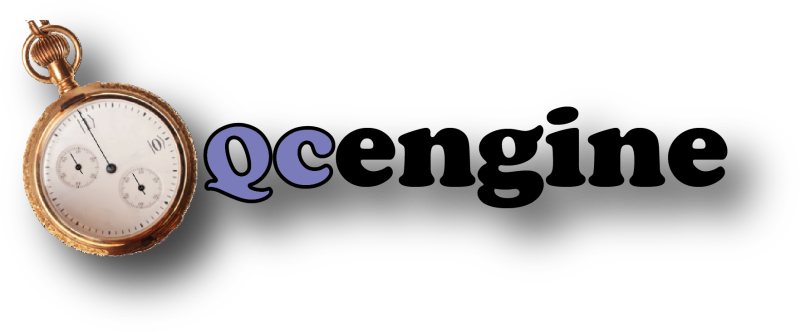Quick Answer
These experiments are designed to show whether quantum-entangled states and "spooky action at a distance" can be explained any other way.
 Here's a good high-level example using a coin toss: Suppose I take two coins, and entangle them (using my pocket coin-entangling machine), so that the next time you flip them, they are absulutely guaranteed to produce the same value as each other. That value is not pre-determined; it's still completely random.
Here's a good high-level example using a coin toss: Suppose I take two coins, and entangle them (using my pocket coin-entangling machine), so that the next time you flip them, they are absulutely guaranteed to produce the same value as each other. That value is not pre-determined; it's still completely random.
It doesn't matter when or where you flip the coins. You can give one to a friend far away, and even if you flip them at the same time, their values will match, with no speed-of-light delay to worry about. You can even flip them in any order. You can flip one now, and then leave the other for your great-granddaughter in a box with a note that says "Guard this carefully. The first time you flip it, it will come up 'tails'. Use it wisely."
Note: These magic coins aren't exactly fictional, they're just (as of 2016) a little ahead of our tech level. To make them, you'd need two physical qubits (maybe photons trapped inside tiny silicon wafers like very angry bumblebees), a quantum logic device to operate on them (probably built into the same chip), and then a spiffy digital coin which can take a regular digital 0/1 bit and control which face it lands on. I'm tempted to believe someone has built one of those already.
...so about the loophole
Let's say you give someone a pair of these quantum-spiffy coins, and they say "Aha! I know how that works, and it's not quantum entanglement at all! There's no such thing!" You ask for his explanation, and he says one of these:
-
"There's a radio transmitter in the coins, so when you flip one, the other one knows what the answer was."
-
"The values were pre-determined when you entangled them, and stored inside the coins."
Your job is to show that his explanations can't possibly be right, and the effect can only be explained by quantum entanglement. That's what these experiments are all about.
...about FTL
Given that these coins work, and the heads/tails correlation happens without regard to the speed of light, can you think of a way to use this to actually send information faster than light? So far, no one has.
|


